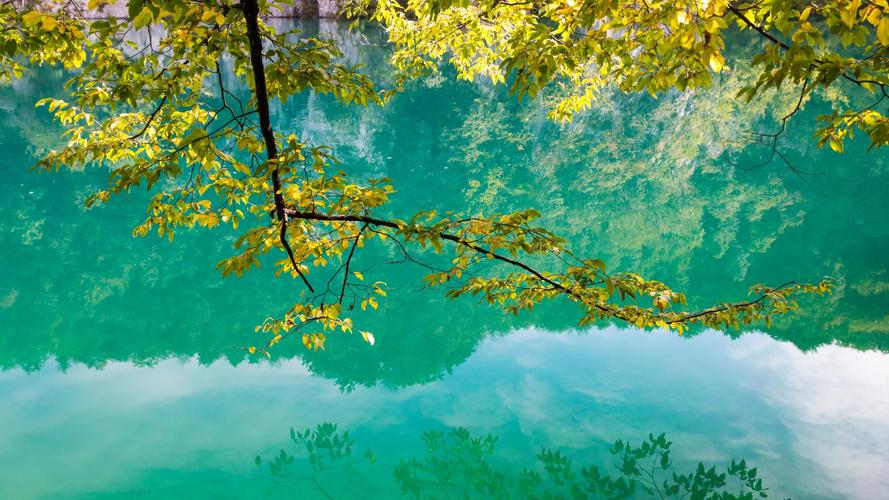The Beauty of Diversity: A Look into 4 Cultures around the World
Diversity is a broad concept that encompasses the differences we share as human beings, not just in terms of race and ethnicity, but also in terms of language, religion, socio-economic status, and culture. Celebrating diversity means acknowledging and embracing the unique differences that make each individual and community special. In this article, we take a closer look at four different cultures around the world, each with its own distinct beauty and significance.
Japanese Culture: The Art of Simplicity
When we think of Japanese culture, we often think of sushi, anime, and samurai. However, there is much more to Japanese culture than these popular stereotypes. The Japanese people take pride in their unique way of life based on the principles of simplicity, elegance, and harmony. They have a deep respect for nature, and this is reflected in their architecture, clothing, and even their cuisine. The Japanese art of Ikebana, or flower arrangement, is a classic example of this aesthetic. By carefully arranging flowers in a simple and minimalist way, the Japanese create a sense of beauty that is both tranquil and evocative.
Indian Culture: The Celebration of Life and Spirituality
India is a land of many wonders, from its colorful festivals to its intricate handicrafts and vibrant Bollywood movies. Indian culture is deeply rooted in the ancient Hindu religion, which espouses the values of compassion, non-violence, and self-realization. One of the most popular Indian festivals, Diwali, is a celebration of lights that symbolizes the victory of good over evil. India has also given birth to some of the world’s most famous spiritual leaders, such as Mahatma Gandhi and Sri Sri Ravi Shankar. Today, India is a melting pot of multiple cultures, religions, and languages, all of which contribute to its unique flavor.
Native American Culture: The Wisdom of the Ancestors
The Native American people have endured centuries of struggle and hardship, but their culture remains strong and resilient. Native American culture is based on the deep connection between people and the natural world. For example, the Navajo people view their land as sacred and believe in the existence of spiritual beings known as “Yei”. The Navajo also practice traditional weaving, creating intricate blankets and rugs that represent the natural world around them. The Native American people have a rich cultural heritage that is passed down through stories, songs, and traditions that date back thousands of years.
African Culture: The Rhythms of Life
Africa is a vast continent with over fifty countries, each with its own unique culture. African culture is characterized by its vibrant music, dance, and storytelling traditions. One of the most famous African traditions is the Samba dance of West Africa, which originated in Senegal. The dance is a celebration of life and encourages participants to let go of their inhibitions and have fun. African culture also has a rich tradition of oral storytelling, with tales that pass on important cultural values and life lessons from generation to generation.
Conclusion
Diversity comes in many different forms, and each culture brings something unique and beautiful to the global community. By celebrating diversity, we can learn about and appreciate different cultures, leading to a more tolerant and accepting world. Whether it’s through the simplicity of Japanese art, the spiritual wisdom of India, the resilience of Native American culture, or the vibrant rhythms of Africa, we can all find beauty in the diversity that surrounds us.
(Note: Do you have knowledge or insights to share? Unlock new opportunities and expand your reach by joining our authors team. Click Registration to join us and share your expertise with our readers.)
Speech tips:
Please note that any statements involving politics will not be approved.
